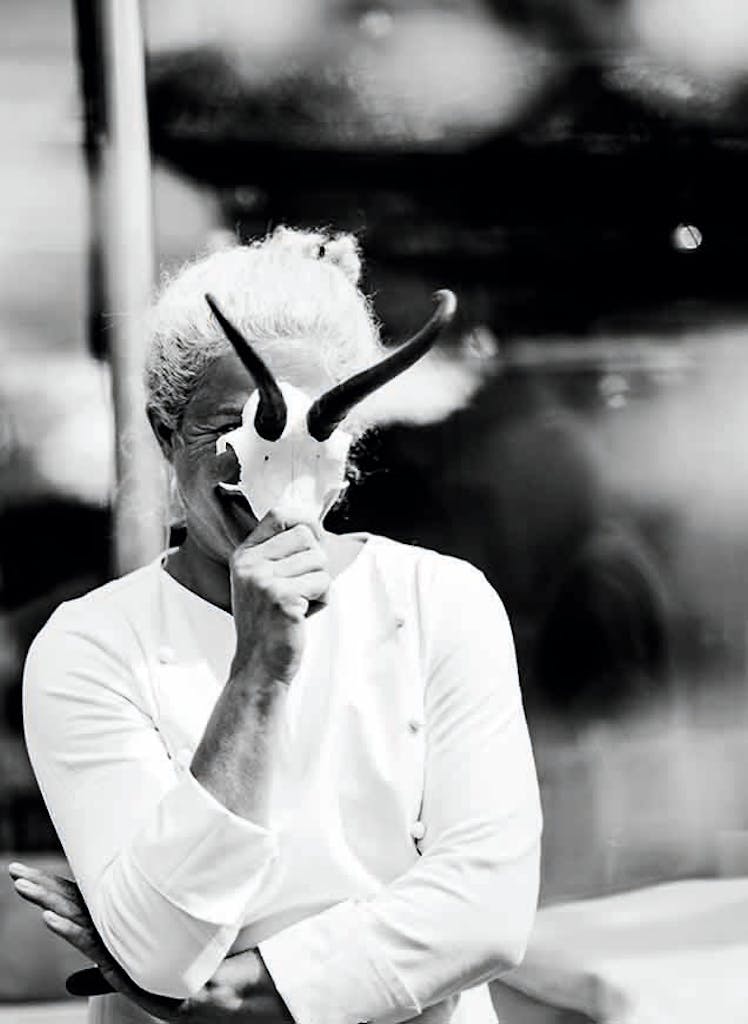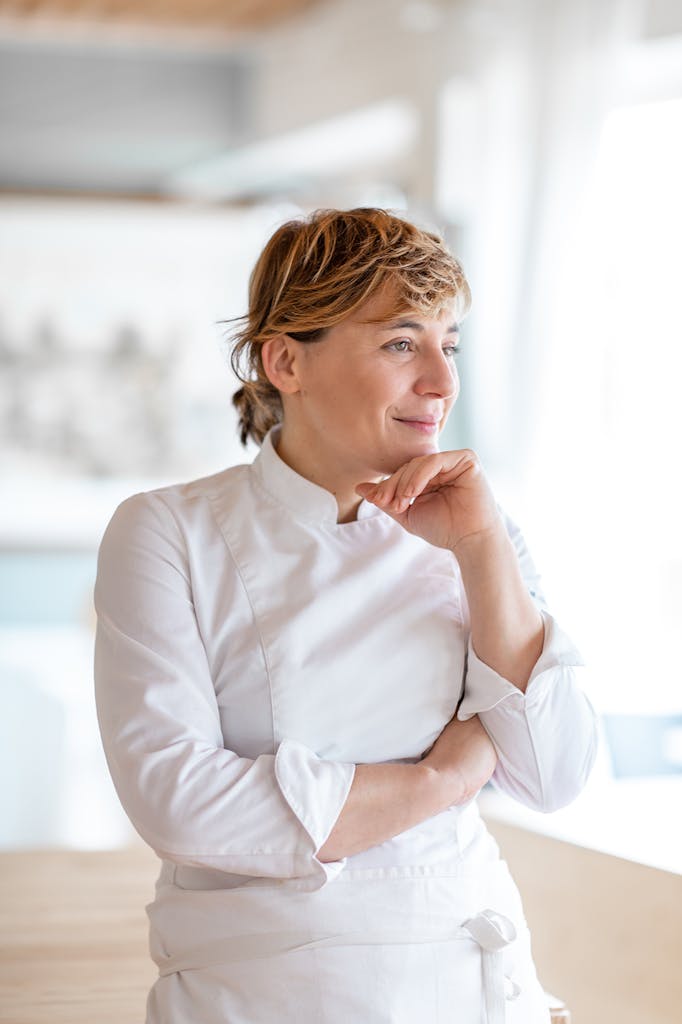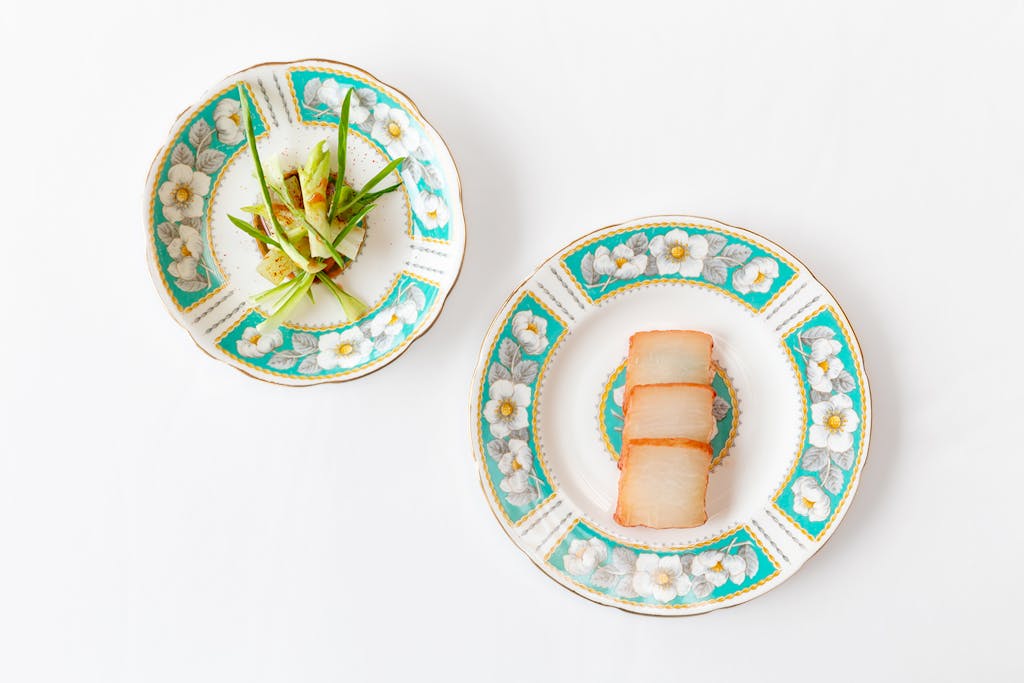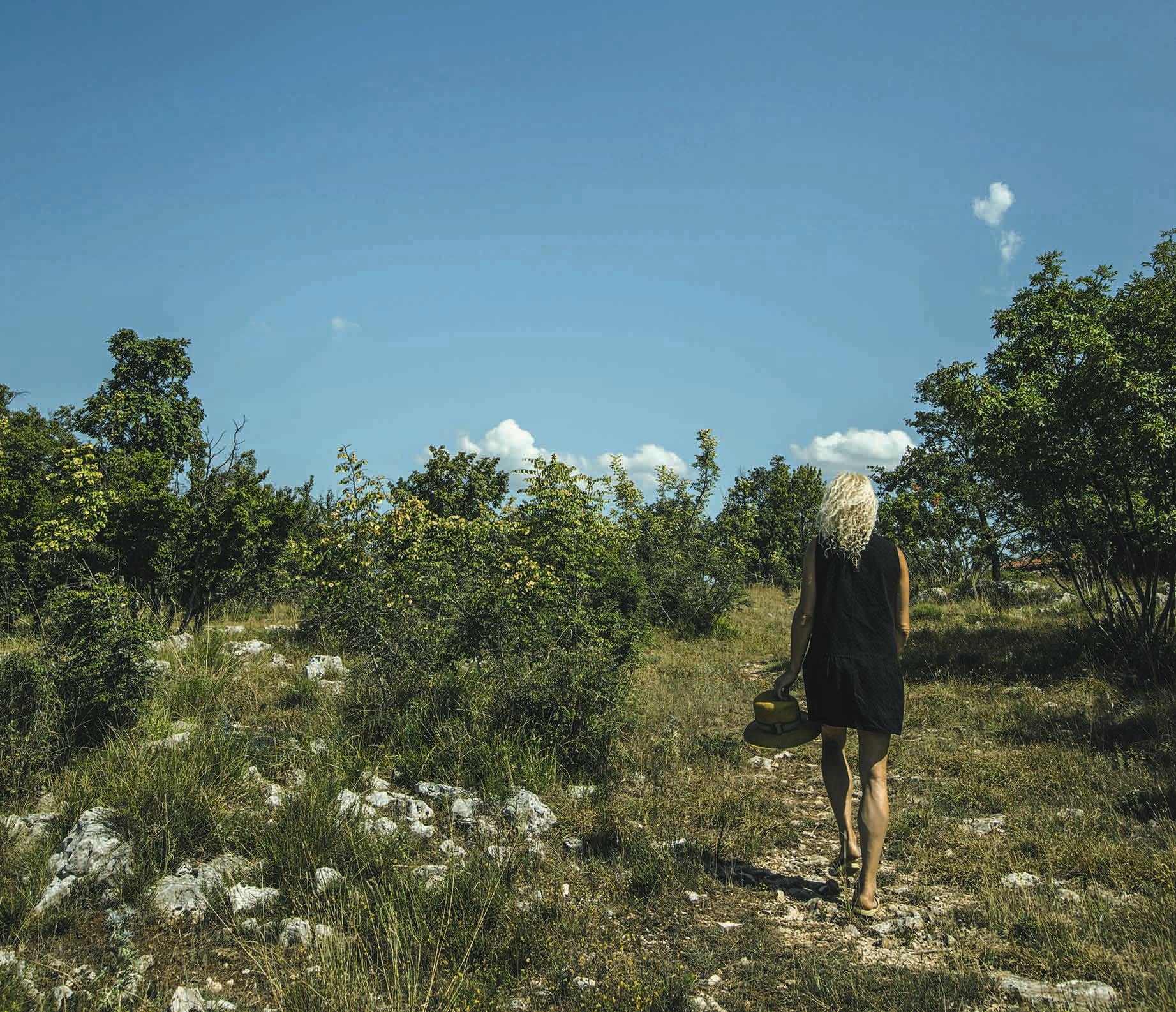On the Culinary Trail: S.A.L.T. Lab Radio Debuts With “Legends of the Border – Friuli, Slovenia and Trieste”
There’s a chalkboard sign outside the restaurant Hiša Polonka in Kobarid, Slovenia, with two arrows drawn on it. One arrow points upward towards the mountains above and reads: “Maybe bears? Wouldn’t risk it.” The other arrow points to the interior of the more casual of chef Ana Roš and her husband Valter Kramar’s two remarkable restaurants and says, more reassuringly: “Craft beer.”
We didn’t see any bears (why risk it?). We’d come instead to the beautiful Soča Valley, north of Trieste and a short drive from the Italian border, to meet Ana and Valter, to learn about the tastes and traditions of the region, to dine at Hiša Franko—which shortly after our visit would earn two stars in the country’s first Michelin guide—and sample the region’s renowned natural wine and, yes, try the local beers.
This was the first stop on a trip to record the first episodes of S.A.L.T Lab Radio, Silversea’s new podcast we’re excited to release this week. The show is an extension of the Sea & Land Taste project, the immersive culinary program launching soon on the fleet’s newest ship, Silver Moon. The plan was to seek out stories and personalities that best illustrate what’s most interesting and tasty along the route the new ship will take. I’d made the trip with my friend and co- producer Howie Kahn, an accomplished food and travel writer himself, along with Rob Corso, sound engineer, co-producer and (weirdly) maker of the world’s best peanut butter. I mention the peanut butter side gig just to make it clear this was a crew that took its eating seriously. And from that first sip of cold summer ale and taste of frika, a hearty dish made of potatoes, melted cheese and ample pork fat, it was clear we’d come to the right place.

With Valter, we ventured into the green countryside to meet the cows and goats of the valley, then ate farmy cheeses and drank tart sparkling wines in the wine cellar at Hiša Franko. Ana served us an earthy, unerringly delicious and unforgettable meal that night, including little savory donuts stuffed with lamb’s brains and cranberries as well as an amazing dish of lamb and crab wrapped in Swiss chard.
As good as the food and views were here, it was the conversations with Ana and Valter that really made the trip. Meals, however delightful, are ephemeral, but real connections last. The pleasure of a reporting trip like this one is the luxury to stick around the morning after an epic meal and ask lots of questions, to hear the stories of the origins of dishes and what makes the food of one place taste different than somewhere else and what similarities there are to be found in the food of overlapping borders. Ana told us tales of the giant, salt-smuggling Slovenian mythical folk hero, Martin Krpan. Asked about the inspiration for that dish of crab and lamb, she noted that the meadows the sheep graze on face the gulf of Trieste. “You have the sea breeze which reaches our mountains,” she said. “The air is saltier, it changes the minerality of the soil and the plants these animals eat are almost sea flavored.”

Eating and enjoying are one thing, it’s another to meet the animals and the people raising them, to find out how geography and culture effect their taste and presentation, how the closeness of the sea can change the flavor of what’s grown inland.
In a cool subterranean room at the Gravner winery, in the Collio hills close to the Slovenian border, we listened to the slushing sounds of wine being stirred in buried clay amphorae by workmen with long oar-like wooden paddles. Mateja Gravner, whose father Josko is regarded as a hero of natural winemaking, talked to us about the importance of time and adjusting to the rhythms of the natural where fermenting in these giant delicate clay urns, sealed inside with beeswax, can take up to a year. “The natural has his own rules,” she said. “Once you accept them, the perspective of life becomes completely different.” Doing everything naturally means accepting slow growth and small yields. “If you are small, the only way to be different, to make people remember and appreciate what you’re doing is to do it in a special way, a really careful way.”
Not far away, we had the pleasure of spending an afternoon talking with chef and restaurateur Antonia Klugmann. Her restaurant, L’Argine a Venco, in an old mill in the countryside, is closed for lunch, the dining room serene and sun-drenched in the crisp autumnal afternoon. She talked about the forces of history and borders on cuisine, especially in a many layered place like her hometown, Trieste, long part of the Austro-Hungarian empire. She also spoke of the personal nature of living in and observing the countryside. “It’s quite intense as a cook,” Antonia said. “Because you have to listen to the ingredients, to the season, in a real, personal way, you know? You look at the trees and nature outside the restaurant and you perceive immediately that tomatoes, peaches and apricots are cousins. And you apply the same techniques to bring out their sweetness.”

Naturally we ate well at every stop. Antonia and her sister Vittoria set out a spread of local hams, their own sweet and sour preserves, and homemade bread: a perfectly simple lunch I think about often. Here again, though, what was more memorable was the good luck we felt getting to see this fascinating place and its cuisine through the eyes of someone finely attuned to pleasures, influences, climate and historical and cultural layers.
So who needs another podcast, especially one about food and travel? Well, we could all use some transporting stories these days. And with grounded local experts like Ana and Antonia to guide us, we can make connections to places that go beyond the usual chit-chat about where to eat and what to try where, though there will be plenty of practical and useful advice for the hungry traveler too.

In future episodes, we’ll follow the route of Silver Moon and meet up with passionate chefs, winemakers, informed food writers and other experts to help us appreciate the places we visit through the lens of what they grow and cook there. We’ll head to Albania to explore with a young talented Albanian-American chef who works at Noma in Copenhagen, one of the best world’s best restaurants, but who moonlights as a tireless ambassador for what might be Europe’s last great undiscovered cuisine.
We’ll be welcomed into the home of one of the great noble winemaking families of Sicily and see how tradition and innovation are shaping their landscape and see the thriving restaurant scene of Lisbon, Portugal, through the eyes of up-and-coming chefs and well-connected food authorities. From Europe, we’ll make our way to the Caribbean and South America and when Silver Moon ventures next to Asia, we’ll be leading the charge, researching great stories and digging up deliciousness wherever we can find it.
So pull up a chair and join us at the table—and in the vineyard, farm or kitchen and wherever future episodes take us. I hope you’ll enjoy the S.A.L.T experience and find the stories we share as nourishing as a great meal and as memorable as the conversations that go with it.
